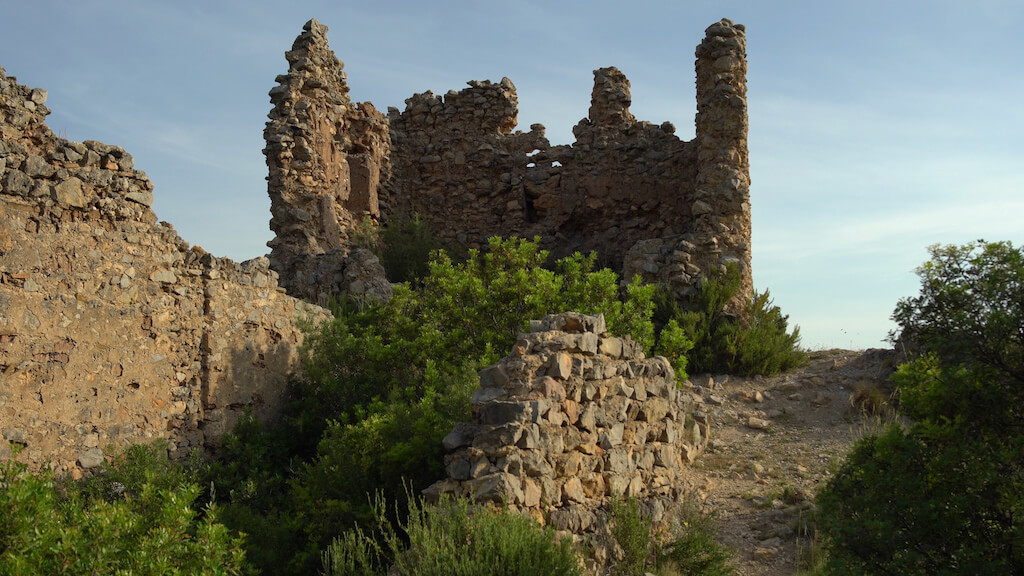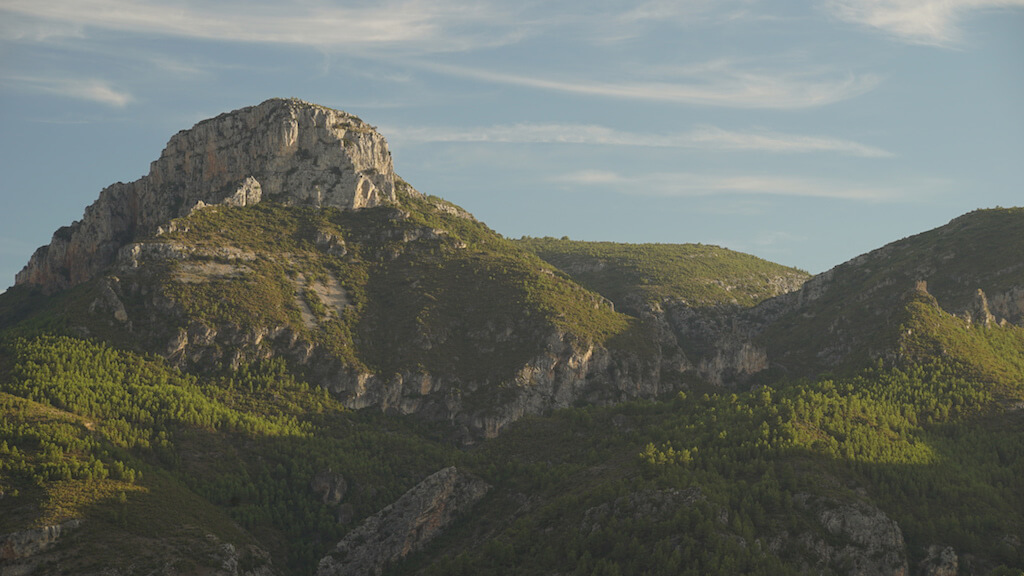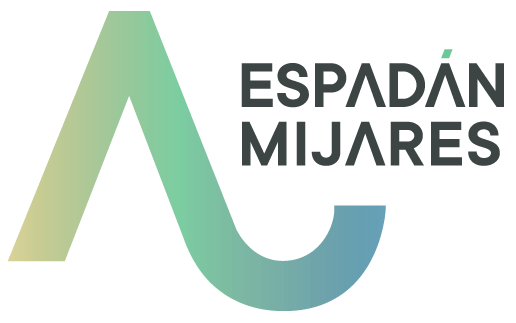Located in the Alto Mijares region, it is a small municipality through which the Mijares and Chico rivers flow, which gives it a beautiful natural charm. Its term covers 12.04 km2 and is 36 km from Castellón. Its landscape, dominated by pines, oaks and orange trees, its streets, the spell of its rivers and its fountains make Espadilla an ideal place to visit.

HISTORY
The municipality of Espadilla after the Christian conquest passes to belong to the Barony of Arenós until 1471. Its greater demographic expansion was probably in the eighteenth century, since in 1609 the population had 85 Morisco homes.
The conquest of these lands was long and in stages in which donations were made to the Bishop of Segorbe, Don Guillermo, Frey Ximeno and the Metropolitan Church of Tarragona. Between 1235 and 1248 the mentioned donations took place. In the XV century Juan II of Aragon granted the title of Duke of Villahermosa to his son Alfonso and after the death of Alfonso II, Duke of Gandia, the municipality became part of this dukedom.
The donation was made on Toga Castle by Gómez Suárez de Figueroa. The ducal house of Villahermosa was the heir of the Baronía de Arenós.
MONUMENTS OF INTEREST
Going through the urban area we will find the 18th century San Juan Bautista parish church. It consists of three naves with Corinthian-style cruisers that are preserved in good condition, as well as the presbytery curtain and the four evangelists. The old Abbey House of the seventeenth century restored, retains its ancient Gothic forms inside and is currently the City Hall. We also find the Hermitage of San Roque, which has been restored by the people of the town. Finally, next to Peña Saganta you can see the Castle of Espadilla, located for the defense and that still keeps many remains.

NATURAL ENCHANTMENTS
The village of Espadilla is rich in beautiful landscapes where the slender Peña Saganta (723 meters) stands out, as well as the crystal clear waters of the Mijares River, where you can enjoy the natural pool and the beauty of the narrow Chico River. Natural sources such as the source of the Sastre, del Melic and the Piqueta, are well preserved.
In its Botanical Garden, we can find diversity of trees, shrubs and a natural pond. On its trails we discover corrals, caves and caves such as the Corral Blanco, Cueva del Morrón, Ereta, and the Pequeño River.
HOLIDAYS AND TRADITIONS
In San Antonio Abad, animals are blessed and they distribute rolls. In Easter, the climb to Peña Saganta is organized and in August there are the patron saint festivities of San Roque, Virgen de los Desamparados, San Juan Bautista and San Ramón Honato. In December the "day of the cakes" and the Living Bethlehem.


